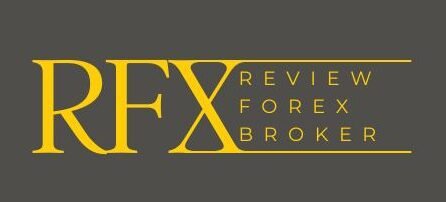Choosing a Forex broker is one of the most critical decisions a trader can make. With the vast number of brokers available, it’s essential to ensure that you select a legitimate and reliable one. Verifying a broker’s license and regulatory status is a crucial step in this process. In this blog, we’ll guide you through the steps to verify a Forex broker’s regulatory status and why it matters.
1. Understanding Forex Regulation
Overview
Forex regulation refers to the oversight provided by government bodies or financial authorities to ensure that brokers operate fairly and transparently. Regulatory bodies enforce rules that protect traders from fraud and unethical practices, making it essential to choose a regulated broker.
Key Regulatory Bodies
- Financial Conduct Authority (FCA): Regulates brokers in the UK, focusing on consumer protection and market integrity.
- Commodity Futures Trading Commission (CFTC): Oversees Forex trading in the United States, ensuring compliance with federal regulations.
- Australian Securities and Investments Commission (ASIC): Provides oversight for brokers in Australia, emphasizing financial transparency.
- European Securities and Markets Authority (ESMA): Regulates brokers across the European Union, implementing strict guidelines for trader protection.
2. Why Verification Matters
Overview
Verifying a broker’s regulatory status is vital for several reasons:
- Security of Funds: Regulated brokers are required to keep client funds in segregated accounts, protecting them from misuse.
- Compliance with Standards: Regulatory bodies enforce strict standards that brokers must adhere to, ensuring fair treatment of clients.
- Dispute Resolution: If issues arise, traders have a regulatory authority to turn to for dispute resolution and assistance.
3. Steps to Verify a Forex Broker’s License
Step 1: Check the Broker’s Website
Overview
Start by visiting the broker’s official website, where you can usually find information about their regulatory status.
Key Points
- Regulatory Information: Look for sections labeled “Regulation,” “Licenses,” or “About Us.” Reputable brokers prominently display their regulatory information.
- License Number: A legitimate broker will provide a license number that you can use to verify their status.
Step 2: Visit the Regulatory Authority’s Website
Overview
Once you have the broker’s license number, visit the relevant regulatory authority’s website.
Key Steps
- Search for the Broker: Use the search function on the regulatory authority’s website to look up the broker by name or license number.
- Confirm License Status: Verify that the broker is listed as an authorized entity and check the details of their license. Ensure that the license is active and not expired or revoked.
Step 3: Review Regulatory Requirements
Overview
Understand the specific regulations imposed by the regulatory body in question.
Key Points
- Leverage Limits: Different regulators impose varying leverage limits. Familiarize yourself with these limits to ensure they align with your trading style.
- Client Fund Protection: Check if the regulatory body offers any compensation schemes to protect clients in the event of broker insolvency.
4. Research the Broker’s Reputation
Overview
Beyond verifying a license, researching the broker’s reputation can provide additional insights into their reliability.
Key Strategies
- Read Reviews: Look for independent reviews and feedback on trading forums and review sites. Pay attention to both positive and negative experiences.
- Check for Complaints: Investigate if there are any complaints or legal issues associated with the broker. Regulatory bodies often publish warnings or disciplinary actions against brokers.
5. Contact Customer Support
Overview
Reputable brokers will have responsive customer support that can assist with any inquiries.
Key Points
- Ask About Regulation: When in doubt, don’t hesitate to contact the broker’s customer service and ask about their regulatory status and licensing details.
- Response Time: Evaluate their response time and the quality of the information provided. Delayed or vague responses may be a red flag.
6. Be Wary of Unregulated Brokers
Overview
Unregulated brokers can pose significant risks to traders.
Key Indicators
- No License Information: If a broker does not provide clear regulatory information, it’s a major warning sign.
- Exaggerated Claims: Be cautious of brokers that promise guaranteed returns or high leverage without proper risk disclosures.
7. Conclusion
Verifying a Forex broker’s license and regulatory status is a crucial step in ensuring a safe trading experience. By following the steps outlined in this blog, you can make informed decisions and protect your investments.
Always prioritize brokers that are regulated by reputable authorities, as they offer a higher level of security and compliance. Conduct thorough research, read reviews, and don’t hesitate to ask questions before committing to a broker. By being diligent in your selection process, you can navigate the Forex market with confidence and peace of mind.

